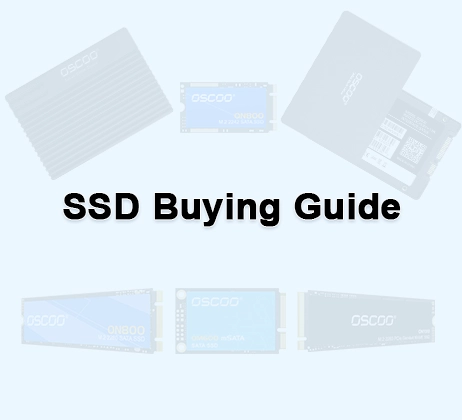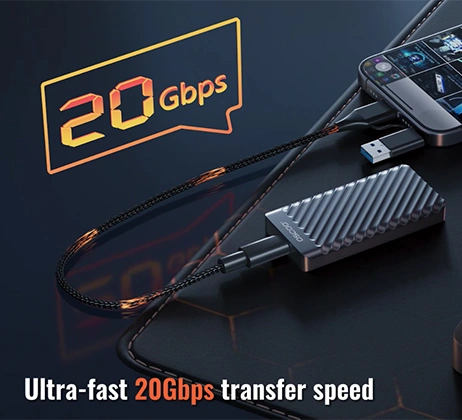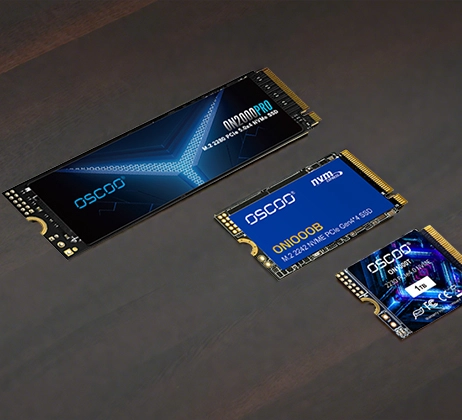The roadmap and commercialization timeline for DDR6, the next-generation memory standard widely anticipated by the global technology industry, has been finalized. In collaboration with leading DRAM manufacturers and processor platform leaders, the industry standards body JEDEC confirms that DDR6 memory will debut in high-end devices in 2026 and enter mass adoption by 2027. This advancement aims to significantly boost computing efficiency to meet growing demands for AI and high-performance computing.
Breakthrough Performance
Compared to today’s mainstream DDR5 memory, DDR6 delivers a generational leap in core performance. Its base data transfer rate starts at 8,800 MT/s, scaling up to 17,600 MT/s. Specialty overclocked modules may target speeds exceeding 21,000 MT/s. Architecturally, DDR6 replaces DDR5’s dual 32-bit sub-channel design with a quad 24-bit sub-channel configuration. This restructuring substantially increases parallel data processing capabilities and bandwidth efficiency, though it raises requirements for signal integrity in systems.
New Physical Standard: CAMM2 Takes Over
DDR6 adopts the new CAMM2 connector standard, replacing decades-old DIMM and SO-DIMM slots. The CAMM2 design enables higher module density, lower electrical impedance, and a thinner physical profile. Major hardware vendors have demonstrated 64GB CAMM2 prototypes, addressing capacity bottlenecks inherent to DDR5 slots.
Clear Production Timeline: 2026 Launch, 2027 Expansion
DDR6 is currently in the technical validation phase. Top DRAM suppliers—Samsung Electronics, SK Hynix, and Micron Technology—have completed prototype chip designs and are collaborating with Intel and AMD on platform-level interface testing. JEDEC finalized the DDR6 draft specification in late 2024 and will release the LPDDR6 standard, its low-power variant, in Q2 2025. Platform certification will commence in 2026.
Next-generation CPUs supporting DDR6, such as Intel and AMD’s server and premium mobile processors, will launch in 2026 for AI servers, high-performance computing clusters, and flagship laptops. Broad consumer market adoption will follow in 2027.
Vendors Accelerate Ecosystem Development
Memory leaders are strategically positioning for DDR6’s arrival. Samsung Electronics is leveraging its advanced 1c DRAM process to prepare LPDDR6 mass production, reportedly achieving acceptable yield rates in thermal stress testing. Samsung plans to supply LPDDR6 chips to mobile platforms like Qualcomm’s Snapdragon 8 Elite Gen 2 by late 2025. Micron and SK Hynix are adapting the same process for next-gen products including HBM4 to deliver comprehensive AI memory solutions.
Ecosystem partners are advancing in parallel. Controller firms like Synopsys and mobile chipset developers including Qualcomm and MediaTek have begun hardware adaptations for LPDDR6. This will accelerate edge-AI device development. Module makers like Longsys are developing LPCAMM2 products to meet future PC and mobile demands for high-performance, dense memory.
Key Drivers: AI Expansion and Data Center Upgrades
DDR6 and LPDDR6 development is driven by two critical trends: First, generative AI applications are rapidly expanding to edge devices. LPDDR6’s high bandwidth and ultra-low power consumption are essential for smartphones, tablets, and laptops running localized large language models. Second, global data centers are undergoing a major upgrade cycle. DDR5 server penetration will reach 65% in 2025, while DDR6’s higher performance and scalability will better support AI training and HPC workloads demanding enormous memory bandwidth.
Conclusion: Reshaping the Competitive Landscape
The DDR6 transition will accelerate industry competition. China’s CXMT plans LPDDR5X mass production by 2026, pressuring Samsung, SK Hynix, and Micron to accelerate LPDDR6 deployments. The adoption of CAMM2 modules still faces challenges related to supply-chain costs and replacing legacy DIMM slots. Nevertheless, CAMM2 is expected to redefine memory form factors industry-wide.




